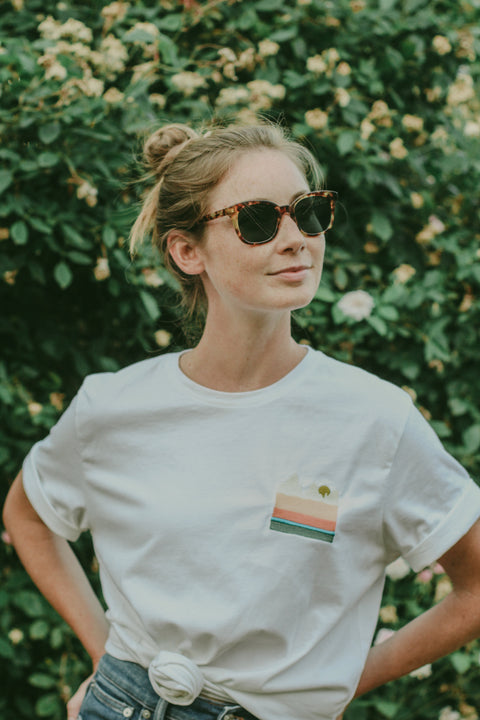
Six-Step Guide to T-Shirt Screen Printing
The ability to print our own designs is one of the reasons screen printing has become so popular and lasting through the years. This is especially true in underground movements, such as music scenes or political and cultural revolutions. Messages, logos, and lyrics can be designed and printed right at home with only a few materials and shared with the community or world at large.
Whether you’re looking to make custom t-shirts for the next family trip or polos and crewnecks for the team, there are many benefits to knowing the ins and outs of the screen printing process.
Screen Printing Guide
There are many different ways of approaching screen printing through the practices you follow, the materials you use, and the styles you create. The more you practice and explore different methods, the easier it will become to create truly dynamic, high-quality projects that speak to your style.
Getting started is easier than it might seem. Here’s a closer look at the steps to create screen-printed t-shirts right at home.
1. Collect Materials & Pick Printing Type

When getting started, you’ll need to pick up a certain number of materials to screen print at home, including the screen, emulsion liquid, and inks. Of course, you’ll also want tees, long-sleeve t-shirts, or sweatshirts to print on. The right materials for the job will depend on what kind of screen printing method you follow.
The simplest way to screen print is a process known as spot color screen printing, in which you’ll use a more simplistic pattern or custom design and just a single color. Besides custom screen printing, other methods include halftone, duotone, and four-color printing, also known as CMYK printing because it uses all four ink colors.
2. Prepare Screen & Pick Emulsion Solution
To begin the printing process, you’ll want to prepare your screen. That means picking out the type of mesh you want to use, as well as the emulsion solution. Simply coat the mesh in a layer of emulsion solution.
3. Expose the Solution
The emulsion solution needs to be exposed to ultraviolet light to be activated, which is accomplished with an acetate sheet. Some of the more complex designs of screen printing will use multiple colors, in which case, you’ll need to prepare a screen for each color.
4. Prep Your Board
A complete and clear design depends on the tension of the board, so it’s important to take the time to set your board up properly. No matter what kind of board you have, adjust the tension to create a smooth and flat surface for the design. Place your material into the board, and then lay the stencil or template over it.
5. Print Your Design

The printing process essentially takes place in the negative. The mesh will be laid down over the material like the hoodie or tote bag, and then the ink will be spread across the top. Screen printers will use a squeegee or palette knife to properly distribute the ink and remove any excess ink. Push the ink through the negative stencil design to create a positive imprint on the material below.
This is the stage of the process where you can begin to create a more complex design if you want. Wait until each layer is dry. Then, apply a new stencil in the same or a different color for a more three-dimensional or intricate final product. You can use as many layers as you want to create your artwork or logo.
If you want to achieve a more blended, marbled, or ombré design, allow the ink to dry part of the way before layering on the next level. The printing process itself is an opportunity to be creative and explore the many different practices and techniques within the screen printing craft.
6. Cure Your Print
Of course, you want to make sure your screen-printed shirts will last. That’s why the final step, curing the print, is so essential. It will allow you to wash and wear your custom apparel many times without the image fading. Curing is done using a dryer, which helps prevent fading and makes the t-shirt design smoother and more clear.
Sources:
Documenting the Screen Scene: ‘A History of Screen Printing’ | Screen Printing Mag
Observing Ultraviolet Light | Hubblesite
Ombré: A Ubiquitous Word for That Faded Look | The New York Times
